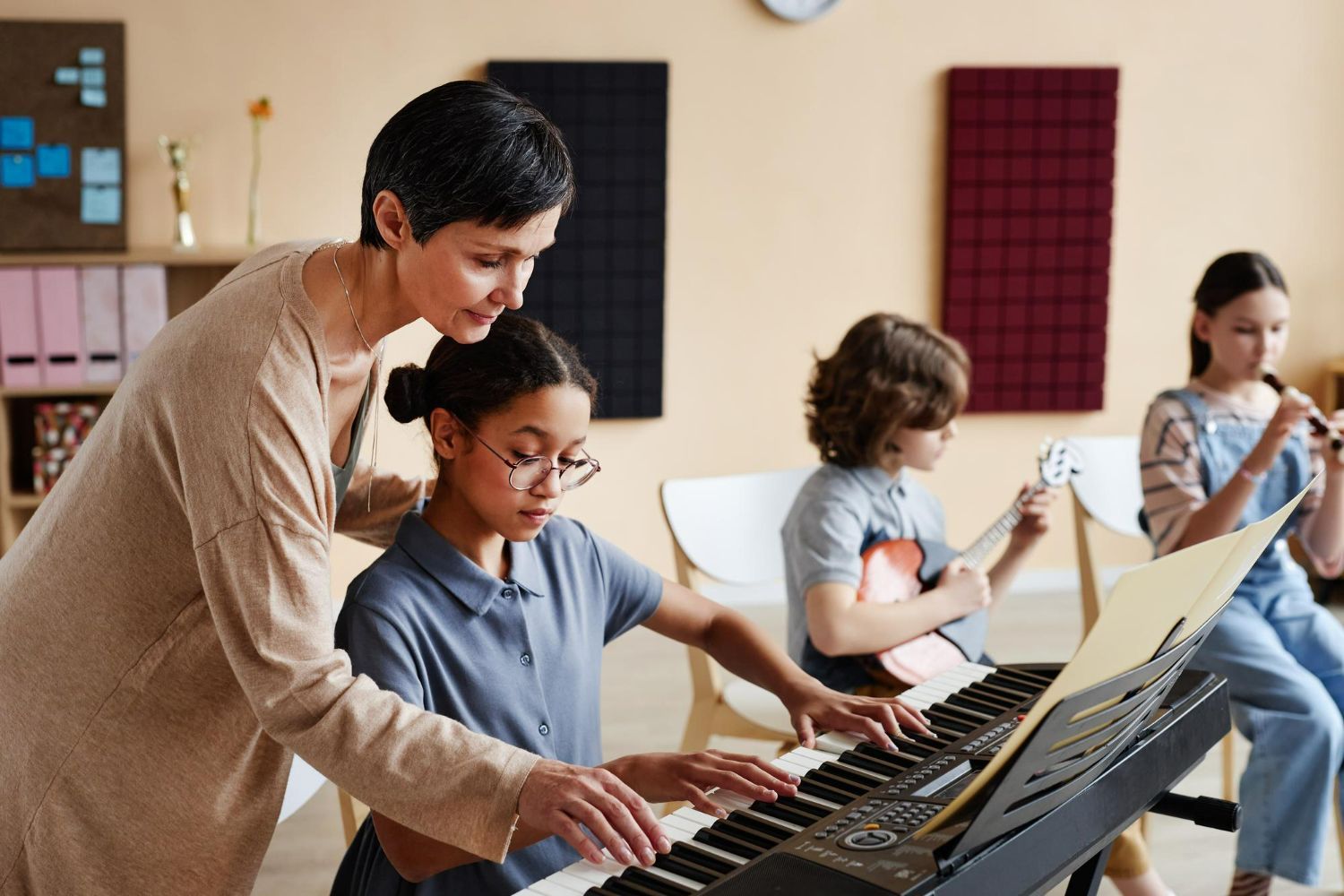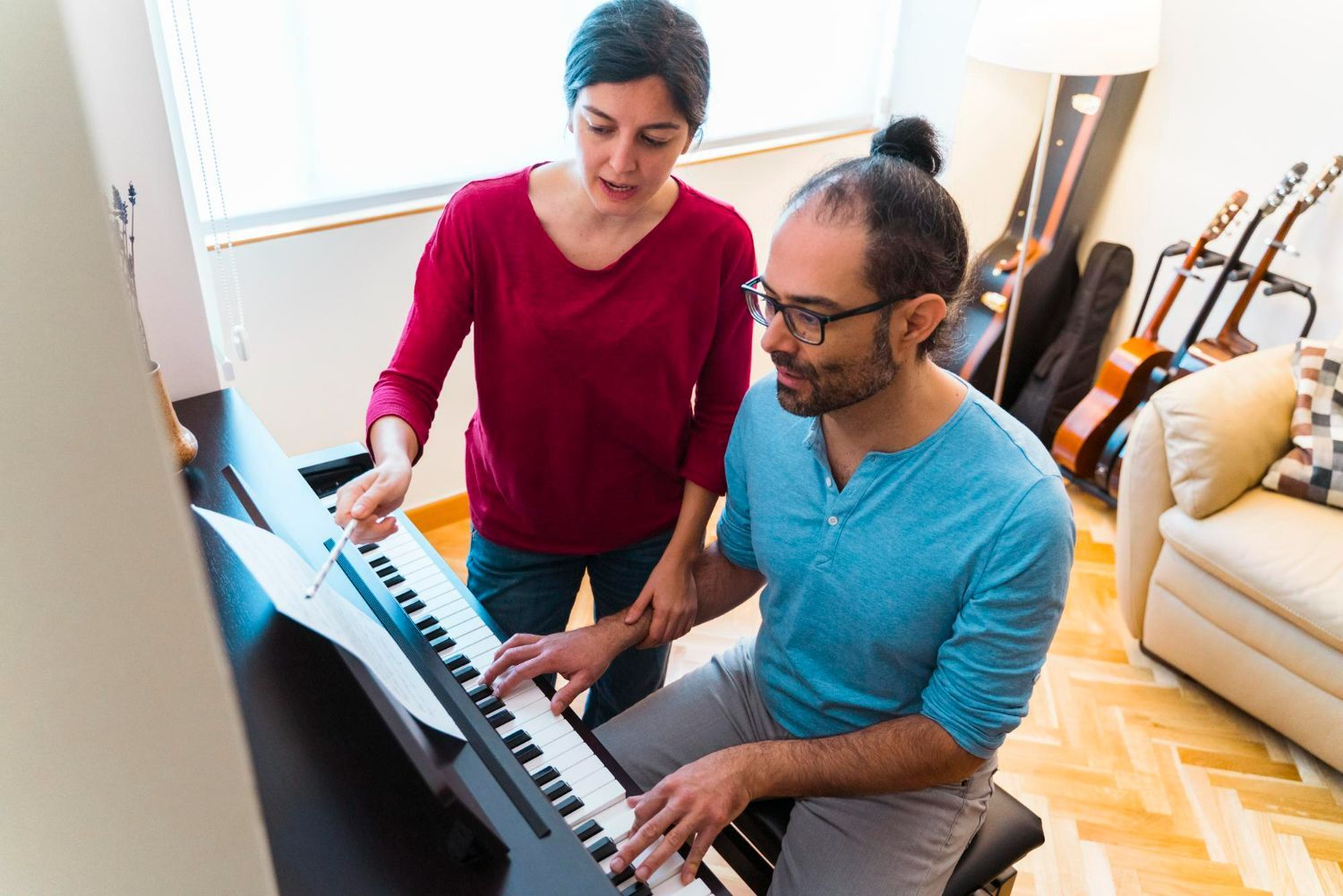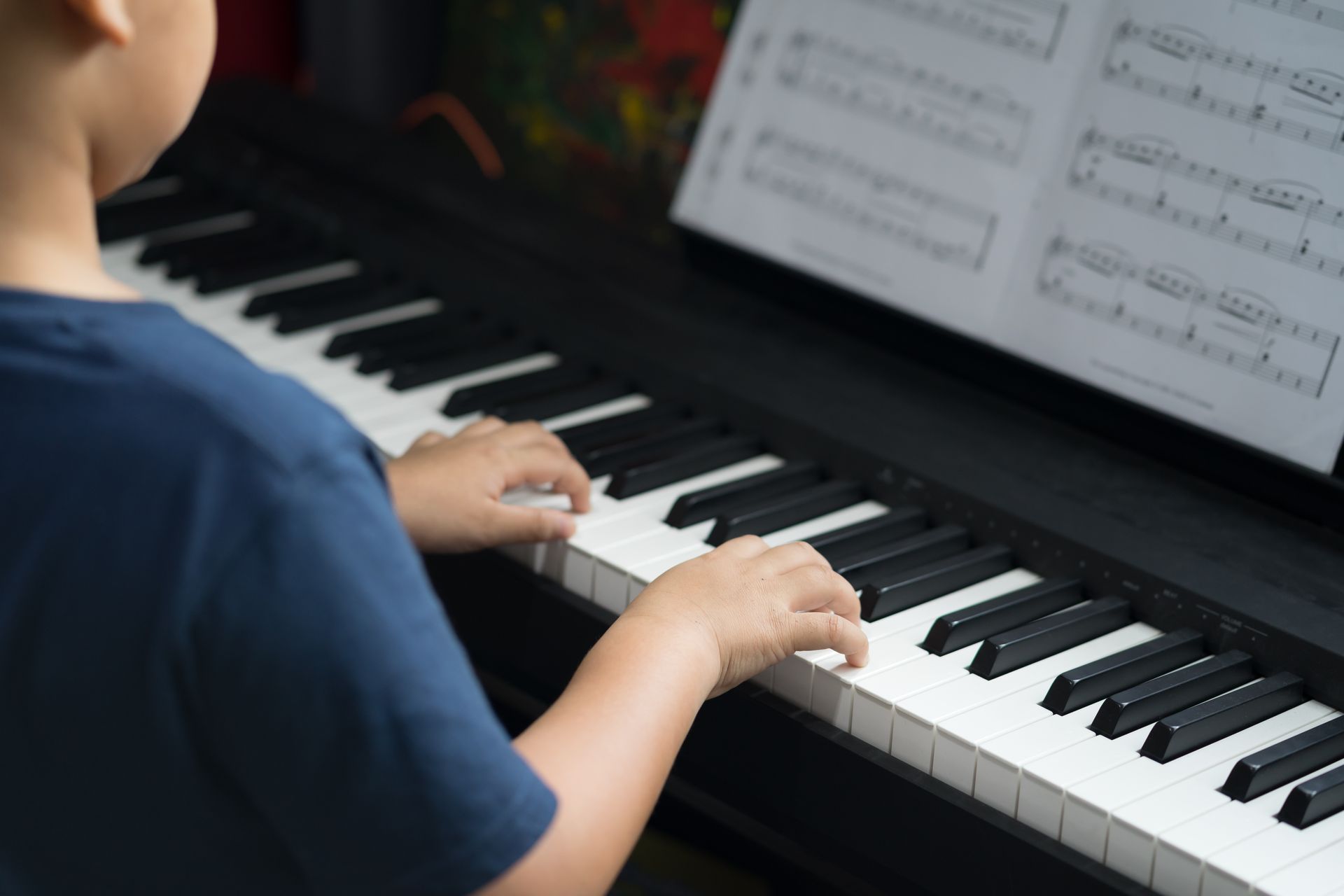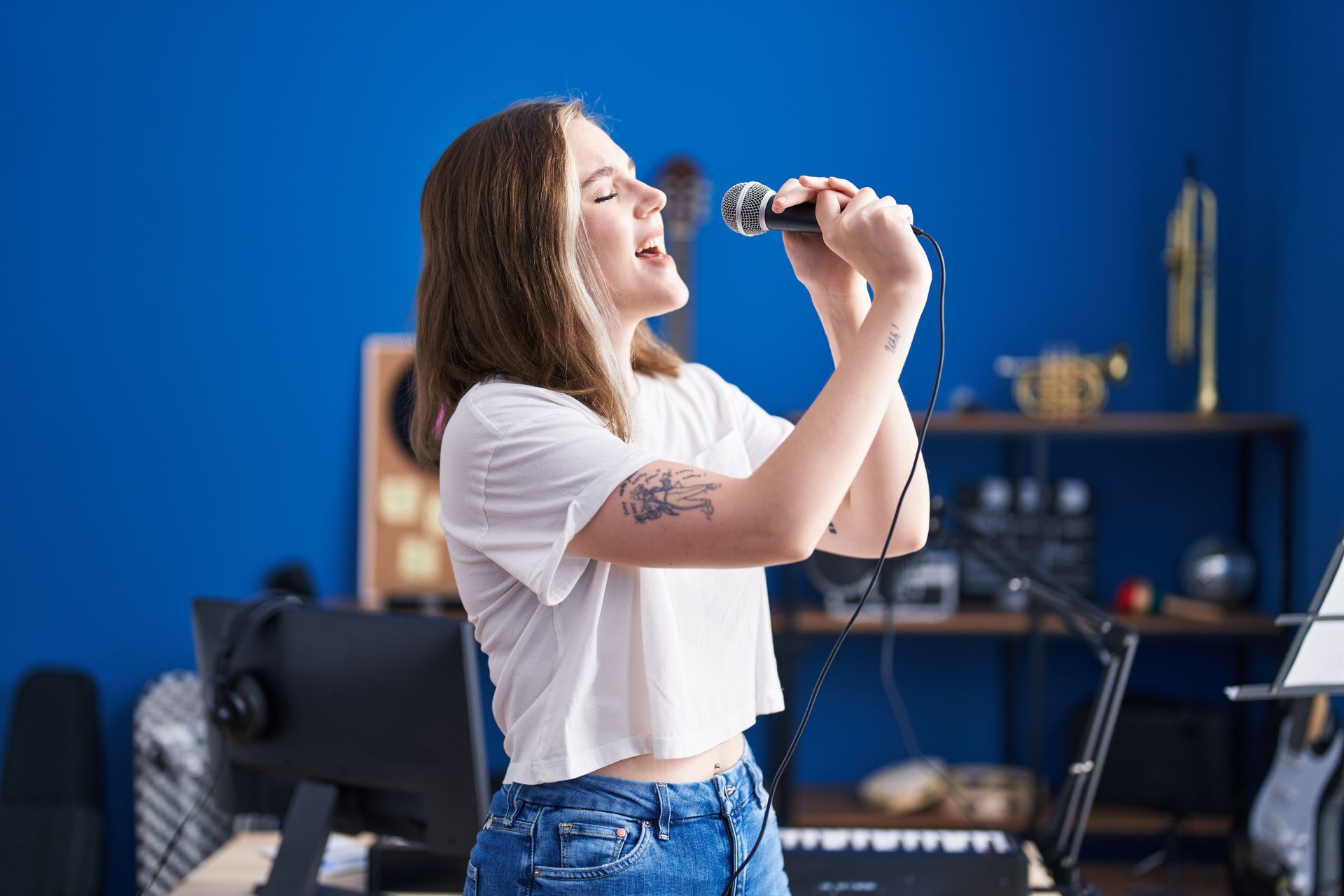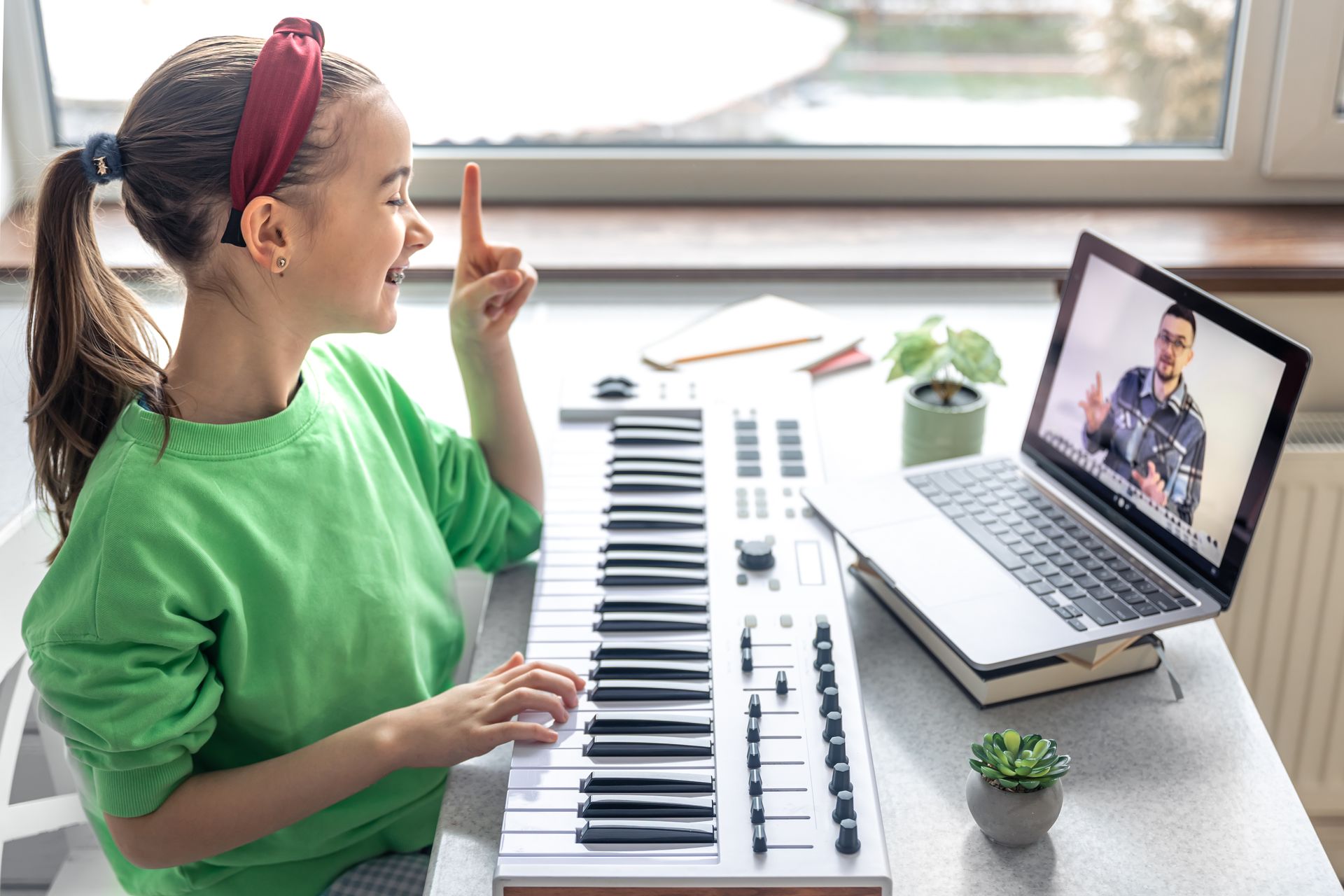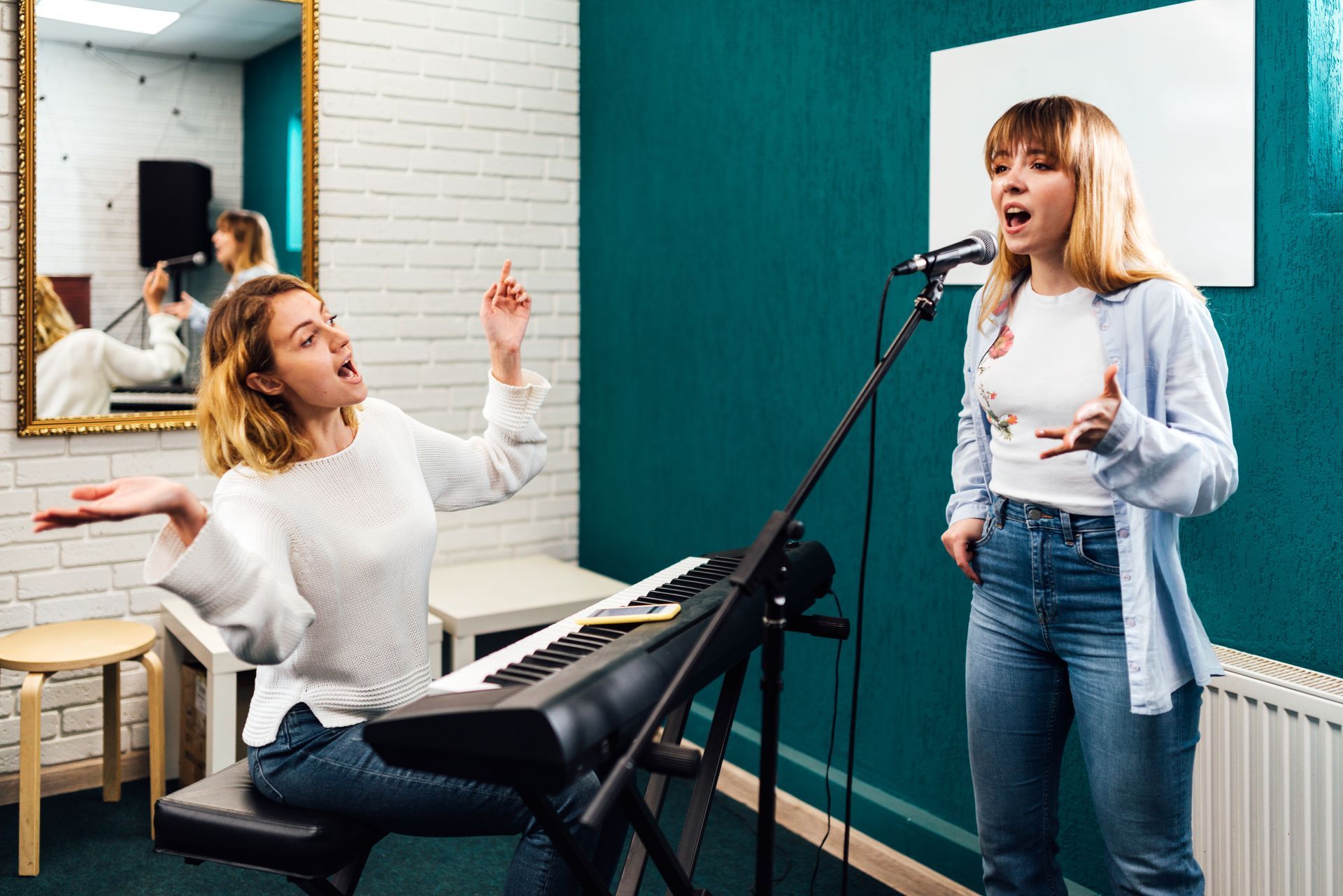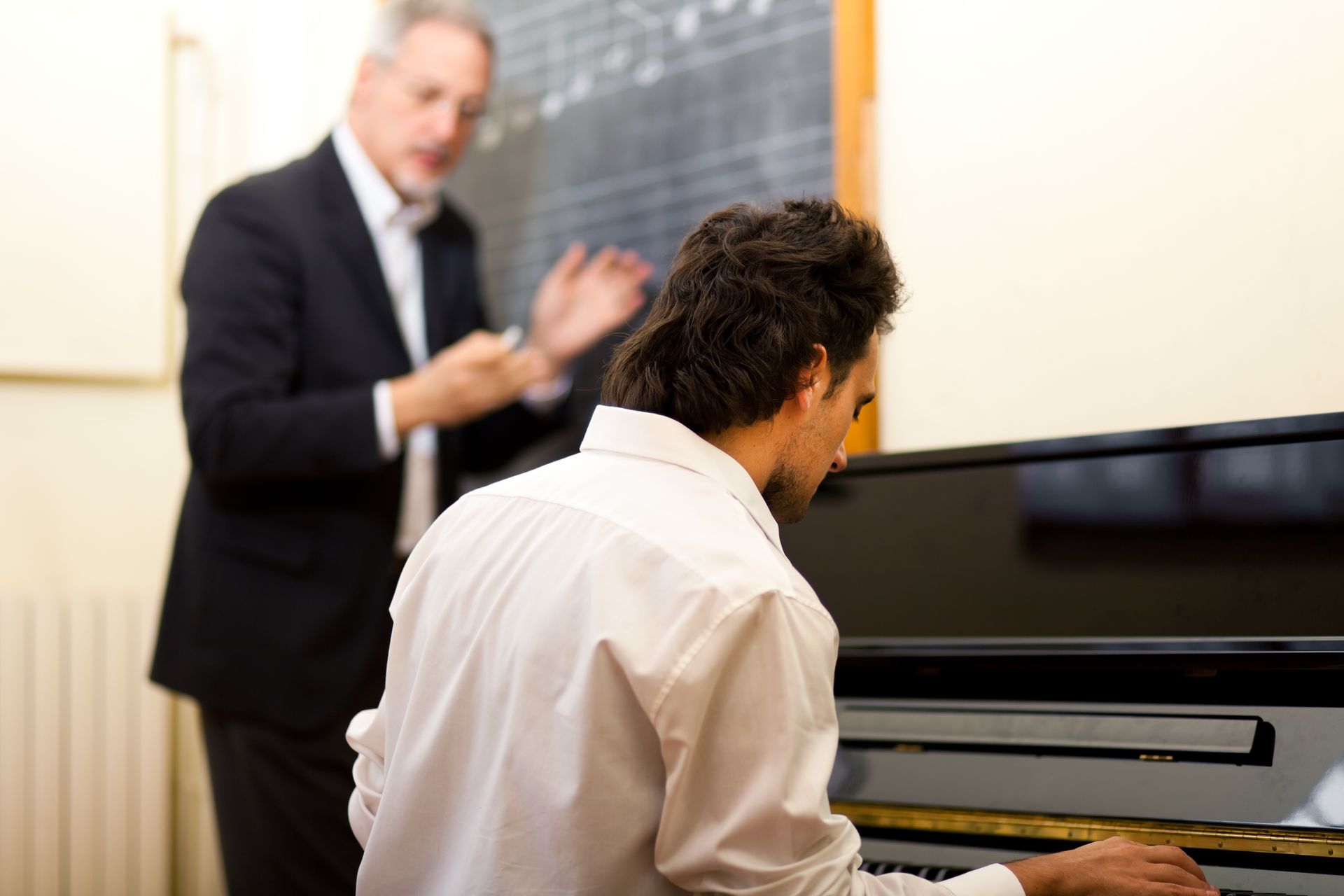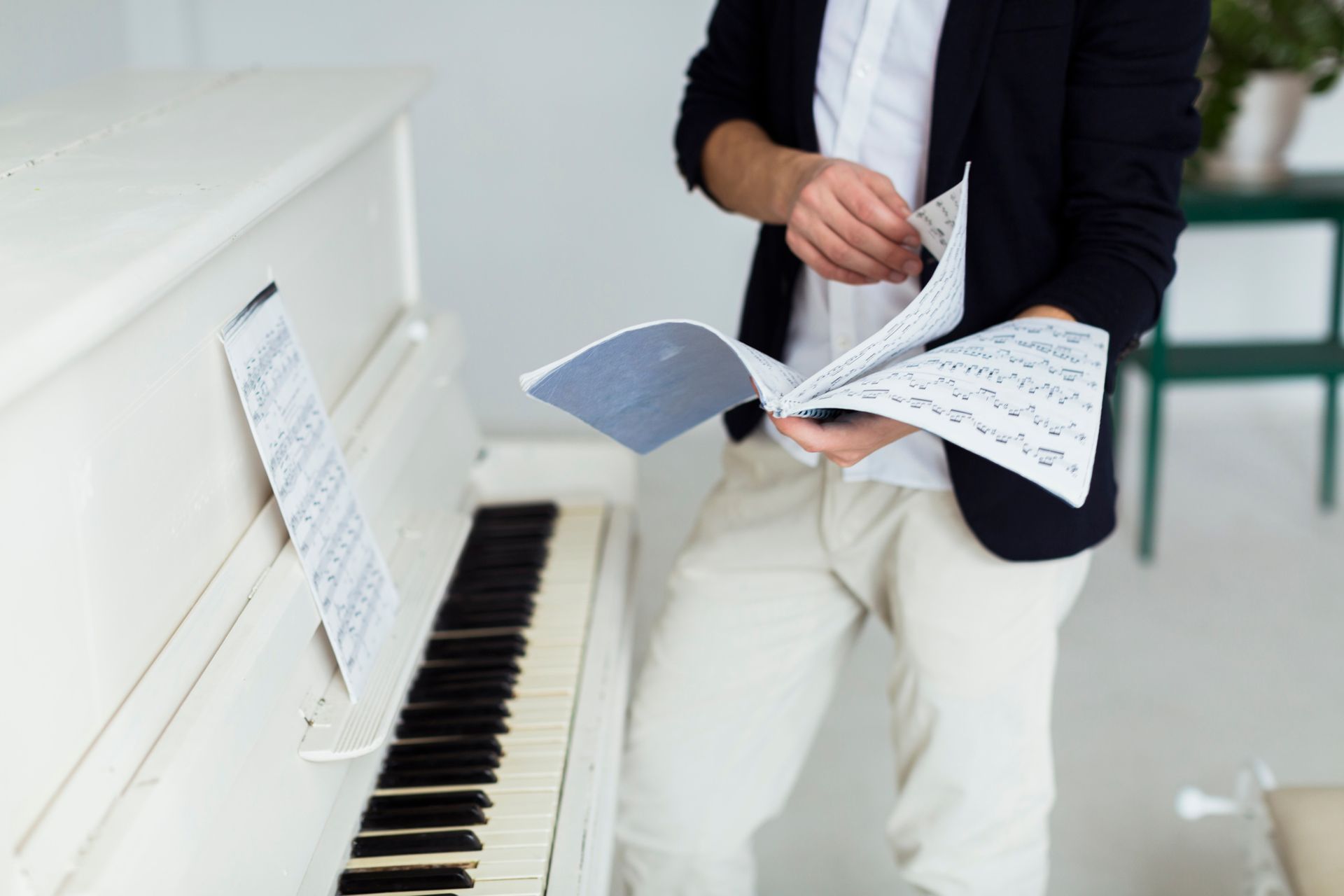Piano Technique Essentials: Expert Guidance for Better Practice
Are you eager to take your piano playing to the next level? Mastering essential piano technique is the cornerstone of musical growth, helping both beginners and advanced students reach their full potential. At Tribeca Music Studio in New York City, our award-winning instructors are dedicated to providing individualized guidance to help every student progress confidently and creatively. This guide will explore the fundamental elements of piano technique and offer expert tips for practicing smarter—not just harder.
Why Proper Technique Matters
Building strong piano technique is about more than just hitting the right keys. Good technique sets the foundation for expressive, injury-free performance and rapid skill development. Students who focus on technique early on often find it easier to learn challenging pieces, improvise with ease, and enjoy playing for years to come. Whether you’re dreaming of classical mastery or jazz improvisation, sound technique is the gateway to your musical ambitions.
Foundations: Posture and Hand Position
One of the most important yet often overlooked aspects of piano playing is posture. Start by sitting at the piano with your feet flat on the floor and your back straight yet relaxed. Your elbows should be slightly above the keyboard, with your forearms parallel to the floor. Proper posture improves comfort, stamina, and dexterity.
Hand position is equally critical. Keep your fingers naturally curved, with fingertips resting on the keys, as if holding a small ball. Thumbs should remain relaxed, lying on their sides on the keys without tension. This approach develops balanced strength and agility, allowing for fast passages and rich tone.
Developing Finger Strength and Dexterity
Technical exercises are fundamental to progressing on the piano. Scales, arpeggios, and finger drills build speed, accuracy, and control. At Tribeca Music Studio, we incorporate a blend of traditional and contemporary exercises to develop finger independence and fluidity:
Practice major and minor scales daily, focusing on even tempo and smooth transitions.
Work through arpeggios with both hands, aiming for clear tone and consistent touch.
Include finger independence exercises like Hanon or Czerny studies to strengthen weaker fingers.
Remember, quality counts! Start slowly and accurately before increasing speed. Consistent, mindful practice rewires muscle memory for lasting improvement.
Mastering Touch and Dynamics
A skilled pianist uses touch to shape every phrase and communicate emotion. Experiment with playing the same passage at different dynamic levels—from soft (piano) to loud (forte)—while maintaining clarity. Vary your attack by playing legato (smoothly connected), staccato (short and detached), or accenting specific notes. Tribeca Music Studio emphasizes mastery of touch, phrasing, and tone color, ensuring our students can interpret a wide range of musical styles.
Sight-Reading and Ear Training
Strong technique goes hand-in-hand with musicality, so it’s important to incorporate regular sight-reading and ear training into your daily practice. Practice reading new pieces or rhythms without stopping, strengthening your ability to process and play unfamiliar music swiftly. Devote time to aural skills—listening to recordings, identifying intervals, and replaying melodies by ear. These practices support faster learning and greater stylistic versatility.
Maximizing Your Practice Routine
Smart piano practice is efficient, focused, and goal-oriented. Here are some expert tips for getting the most out of your practice sessions:
- Establish a routine: Even short, daily practice sessions are more effective than occasional longer ones.
- Break down difficult sections: Work on small passages slowly before integrating them into the whole piece.
- Set clear goals: Define what you want to achieve in each session, such as mastering a new scale or memorizing a melody.
- Record yourself: Listening back helps you identify areas for improvement.
- Take breaks: Frequent, short breaks prevent fatigue and promote better retention.
- Online and In-Person Coaching for Lasting Results
Whether you’re just starting out or looking to refine your skills, personalized instruction makes all the difference. Tribeca Music Studio offers both in-person piano lessons at our Manhattan location and convenient online lessons for students throughout New York, New Jersey, and Long Island. Our dedicated instructors leverage decades of experience, combining time-honored methods with modern techniques to help each student find their unique musical voice.
Level Up Your Playing—Start Your Musical Journey Today!
Ready to master piano technique and unlock your musical potential? Connect with Tribeca Music Studio in New York City for individualized piano lessons tailored to your goals. Our experienced teachers provide the expertise and support you need—whether you prefer in-person sessions or online flexibility. Visit www.tribecamusicstudio.com or call us to book your first lesson and discover the difference expert guidance can make. Your path to confident, expressive piano playing starts here!

